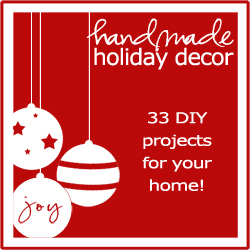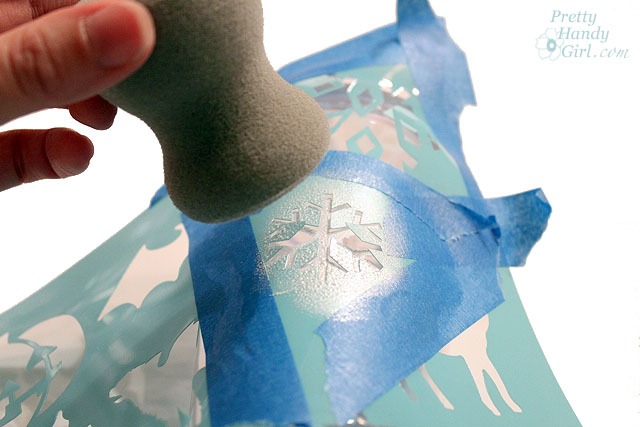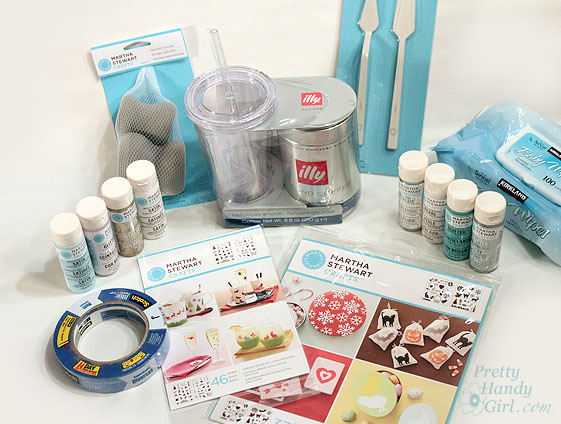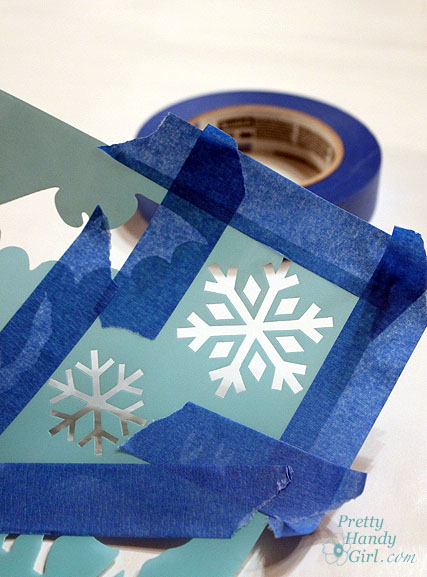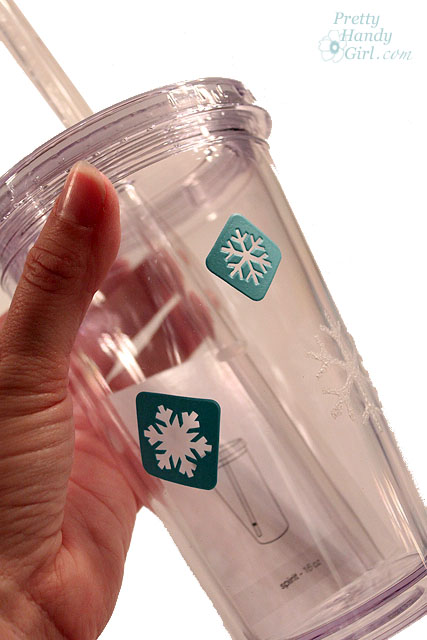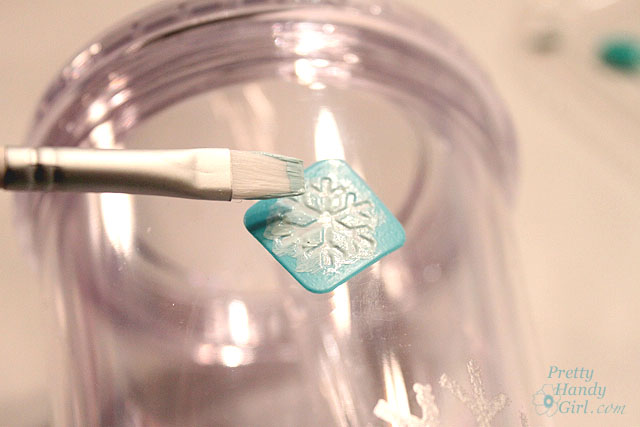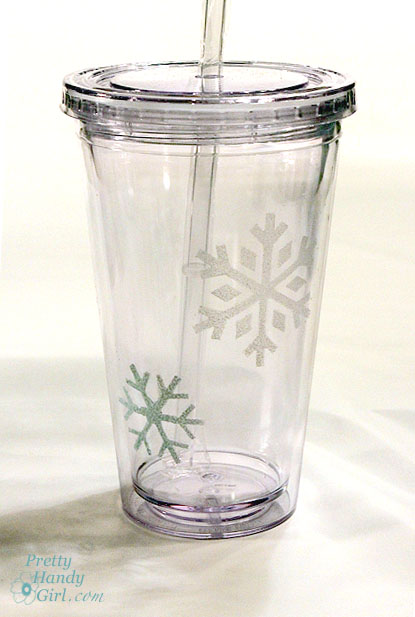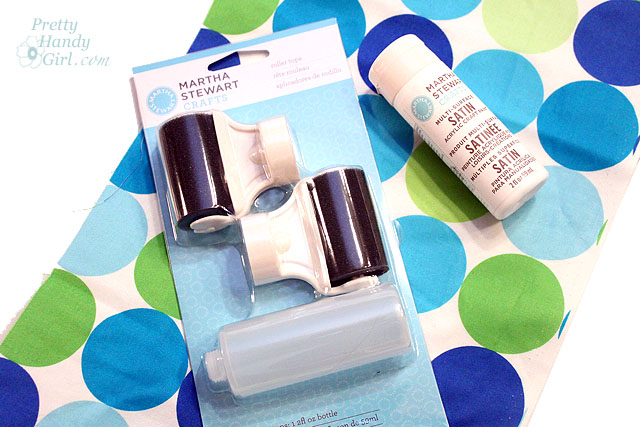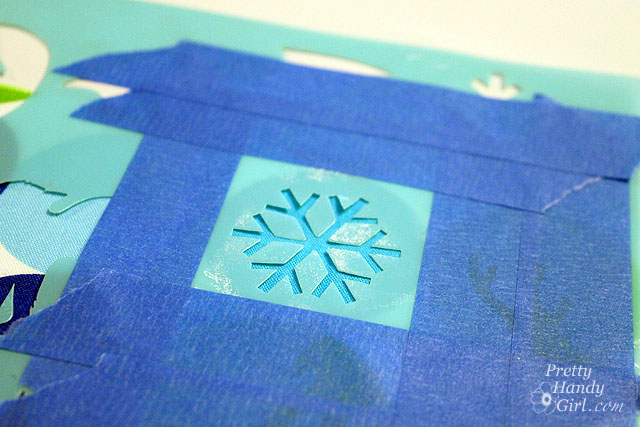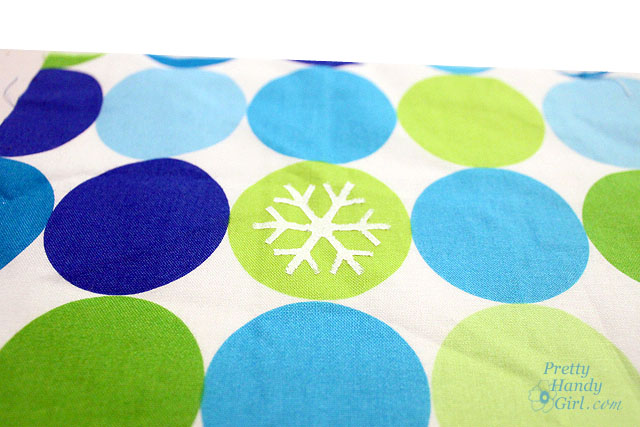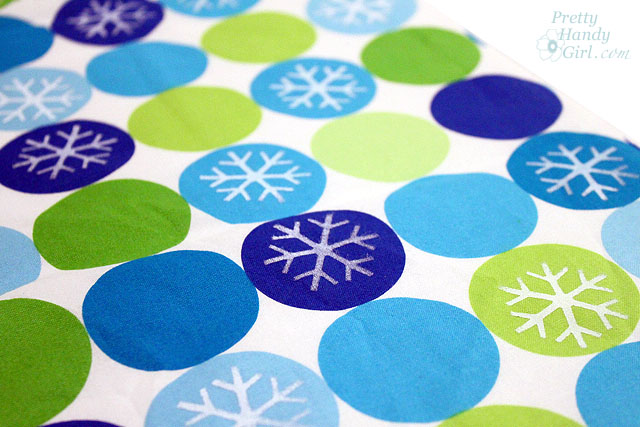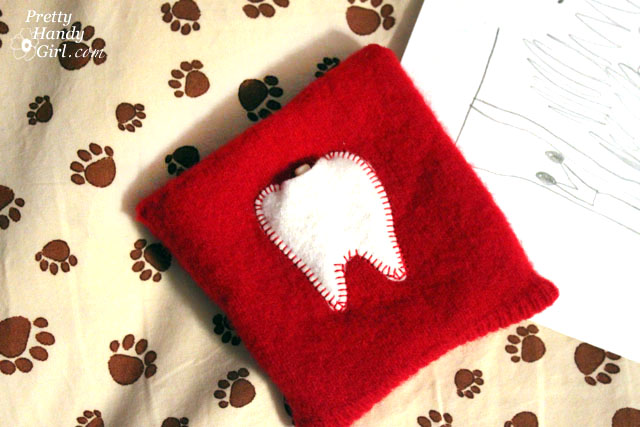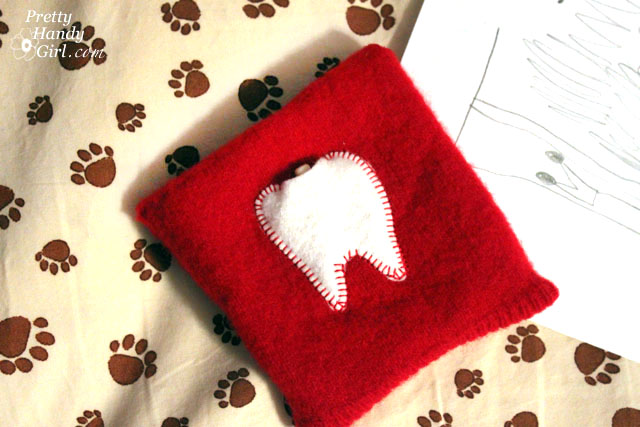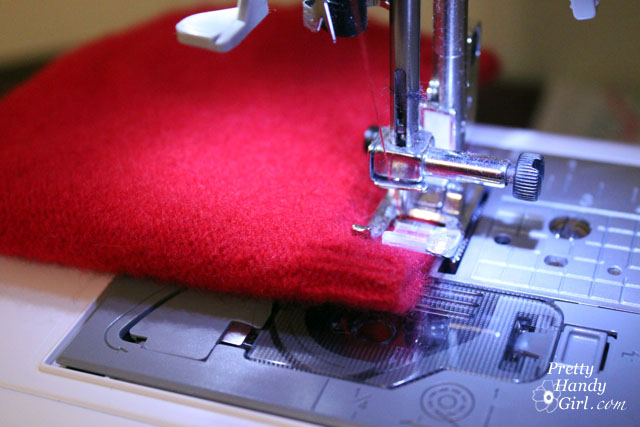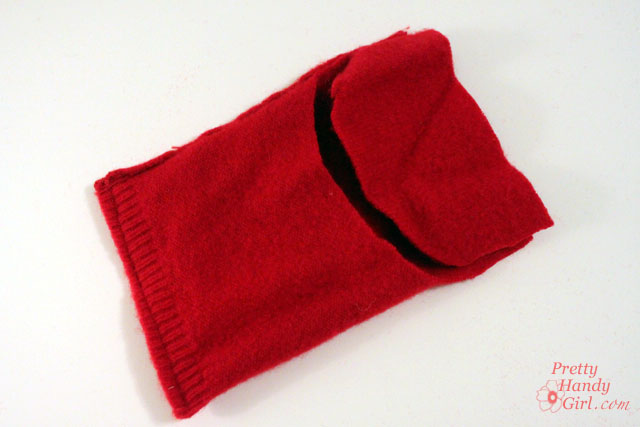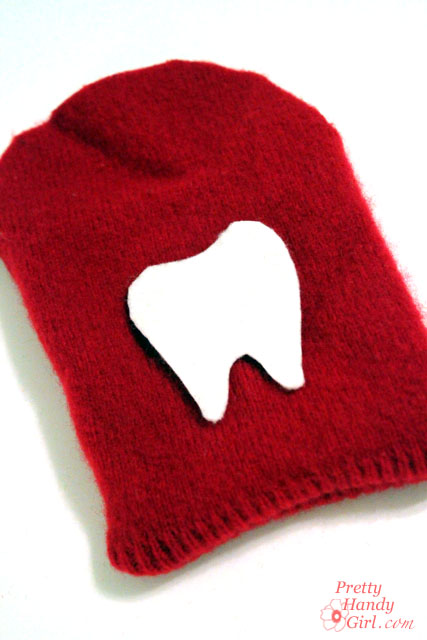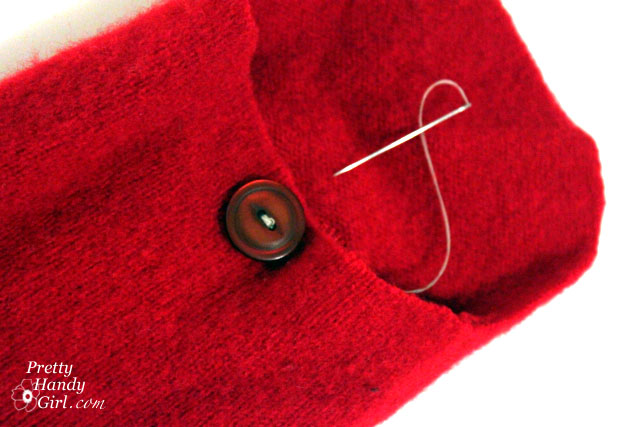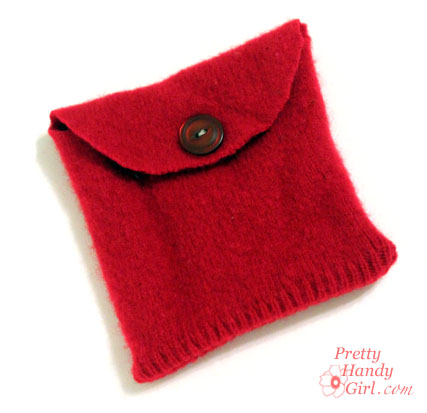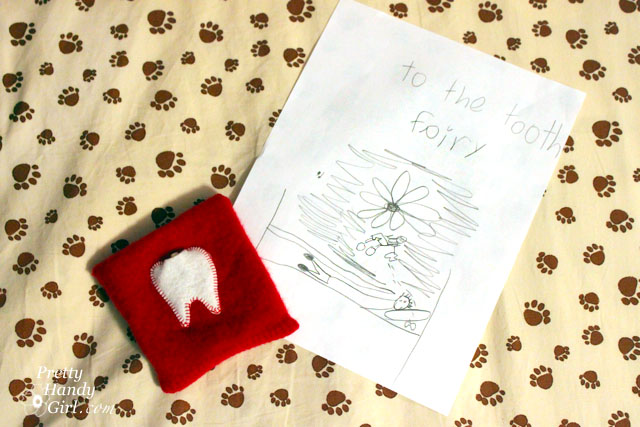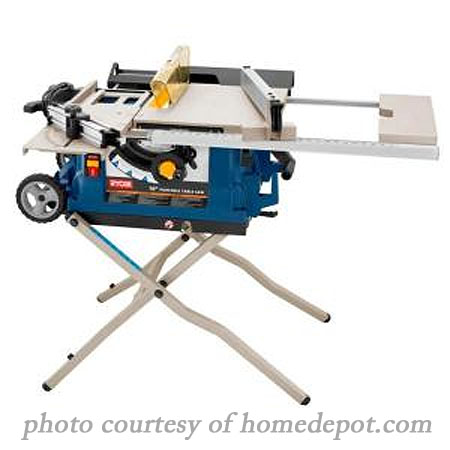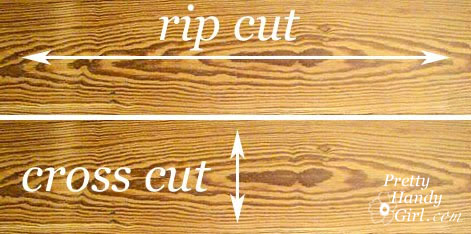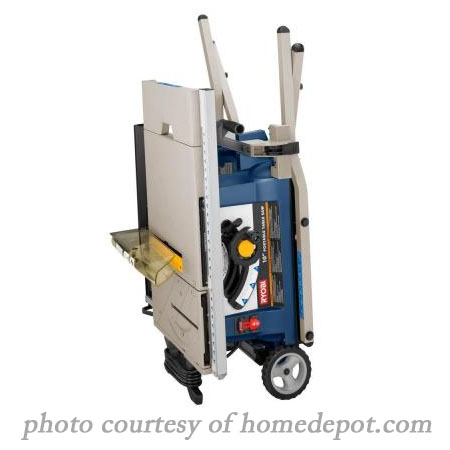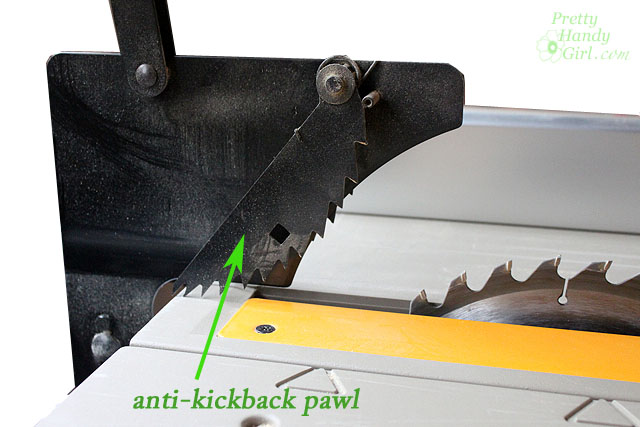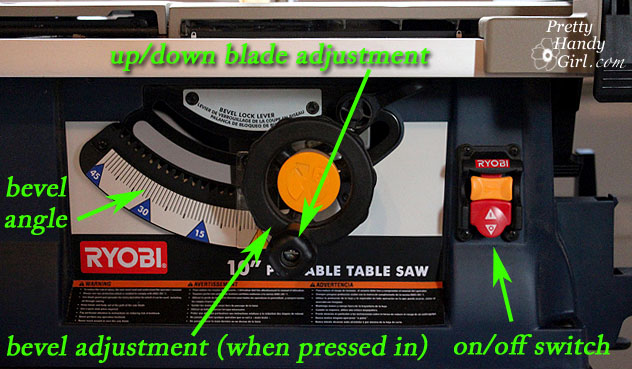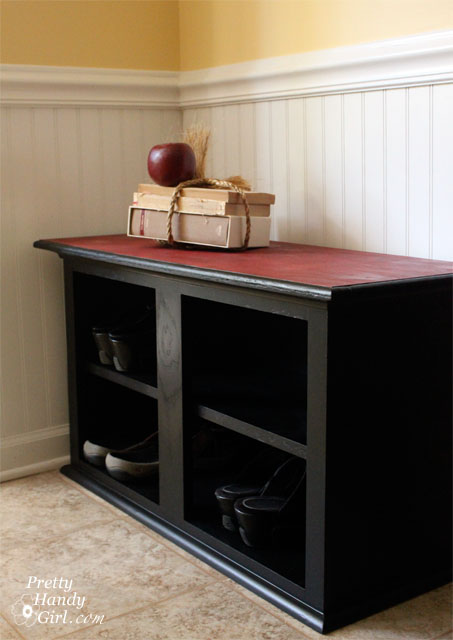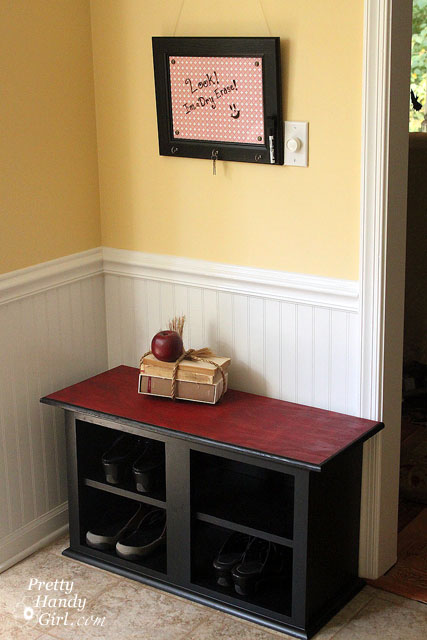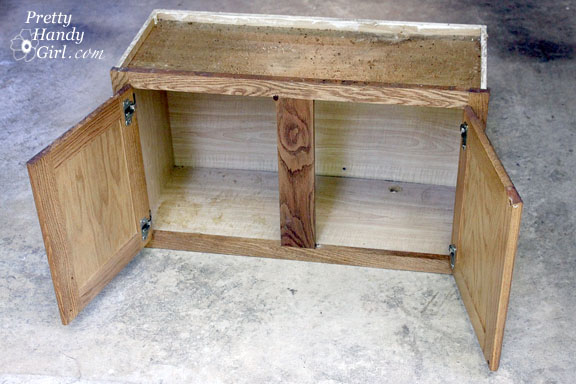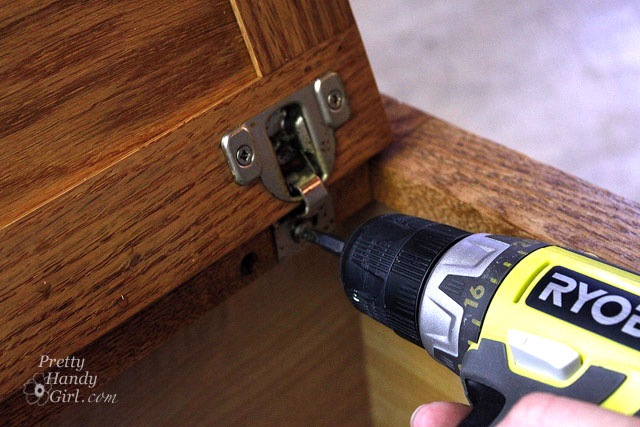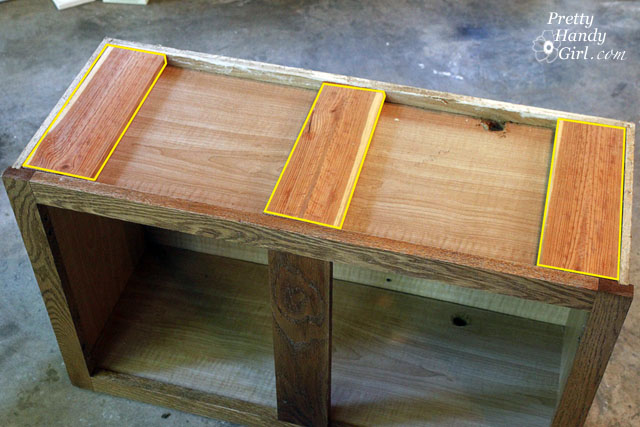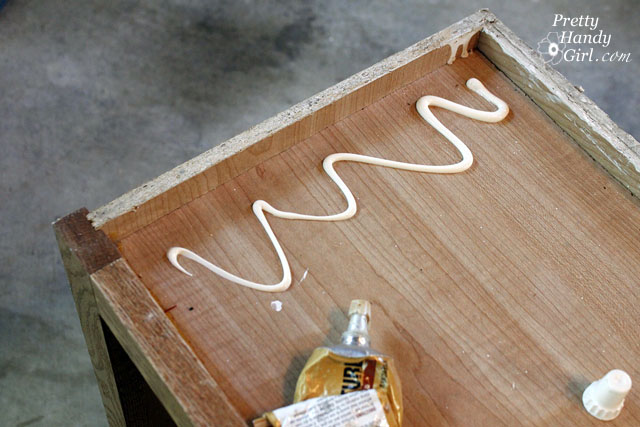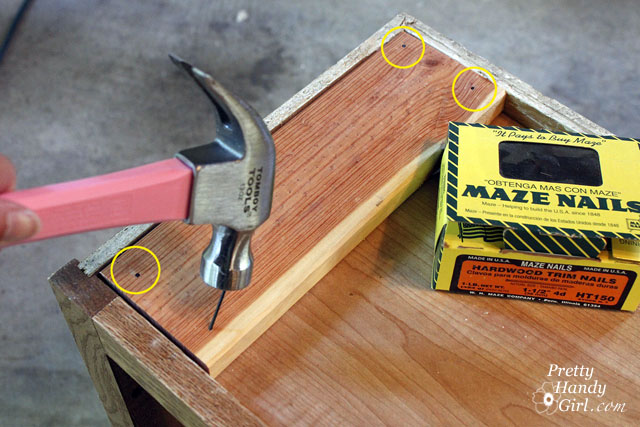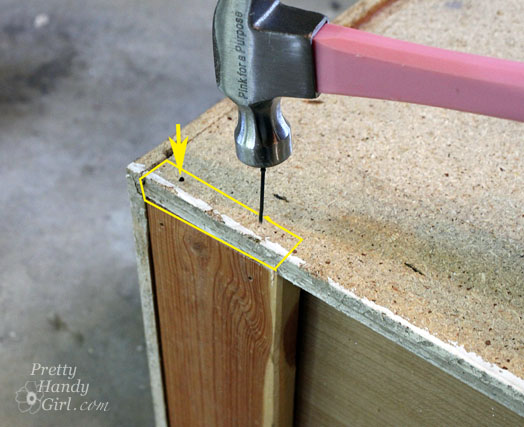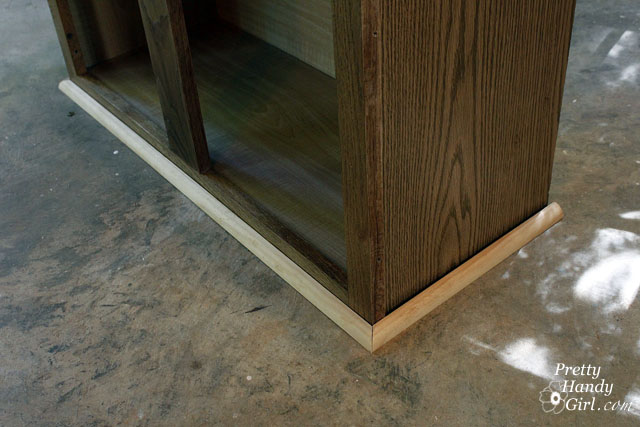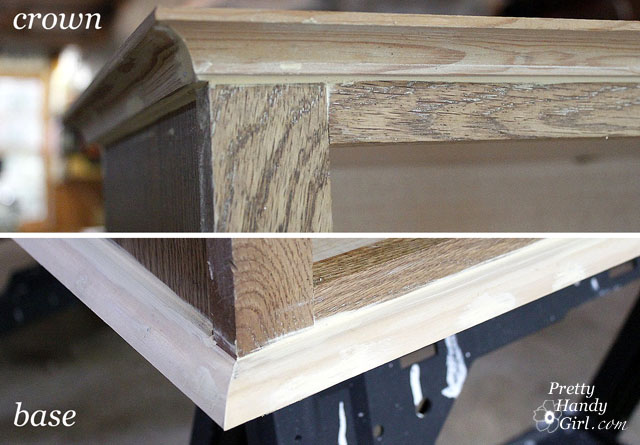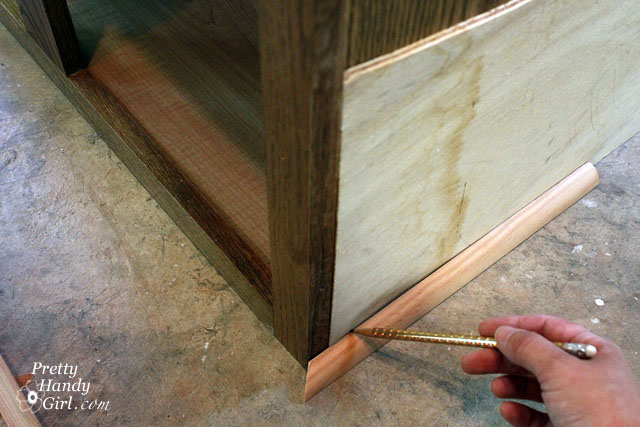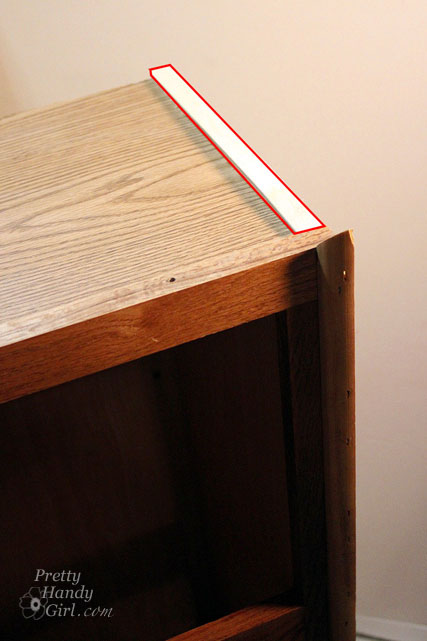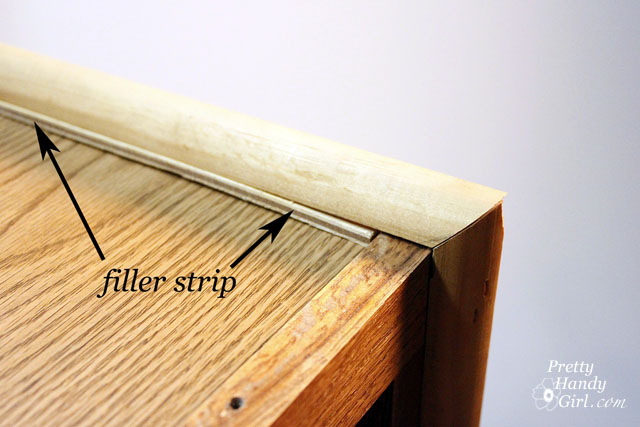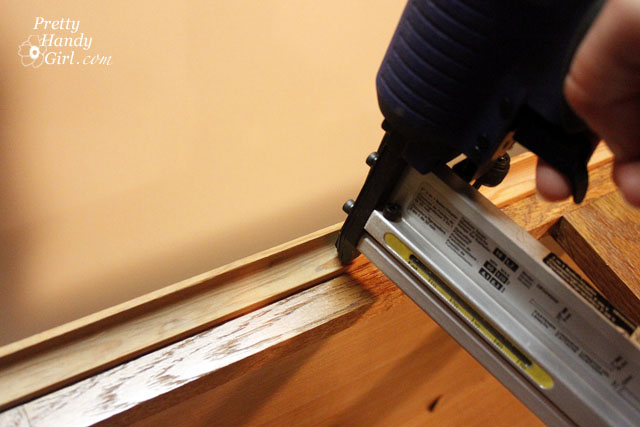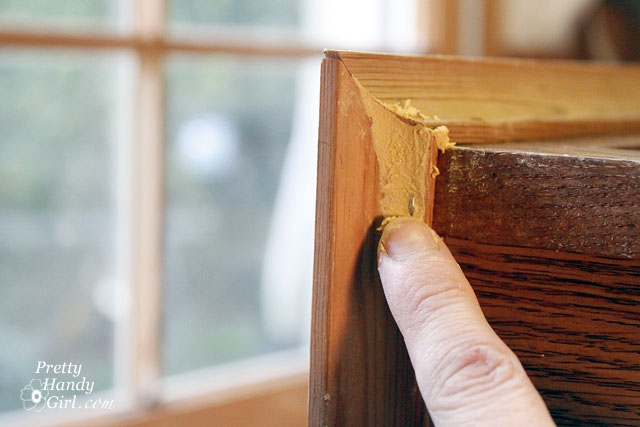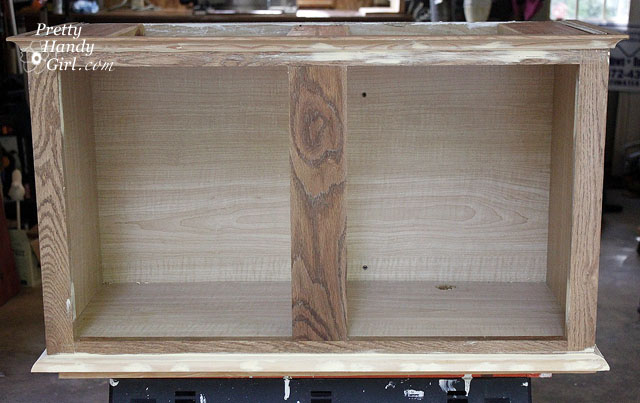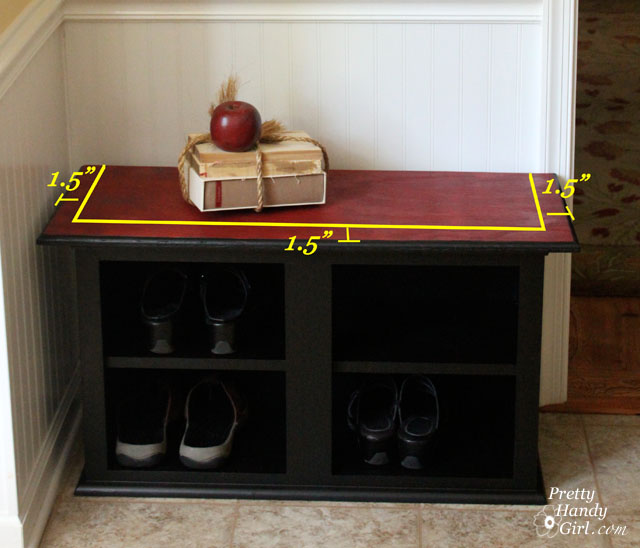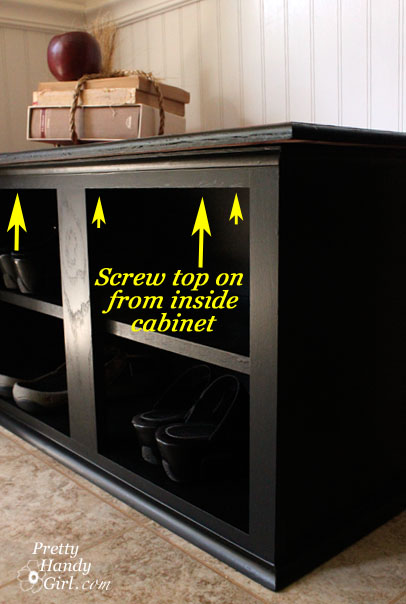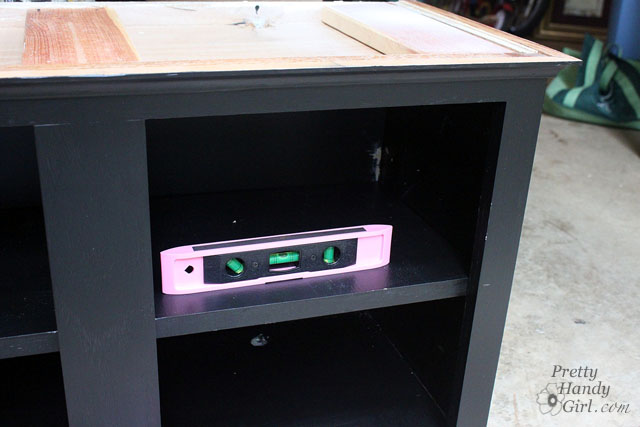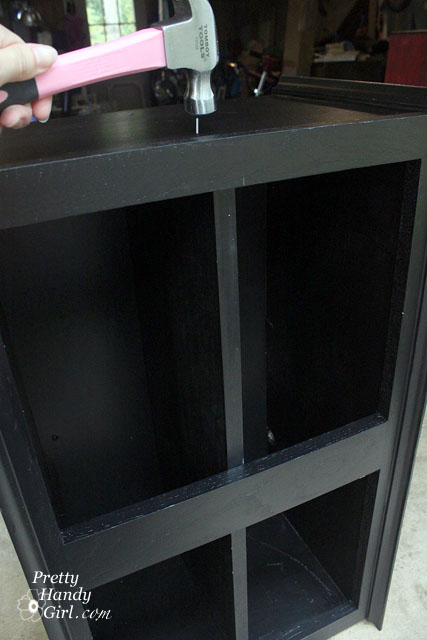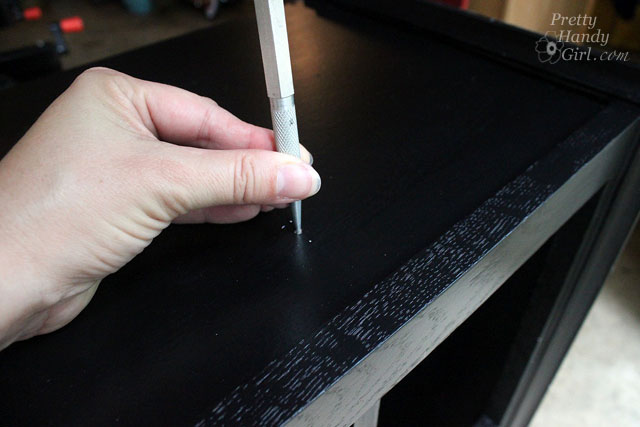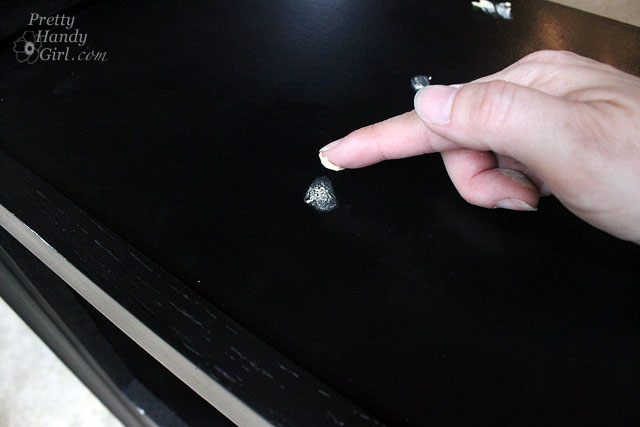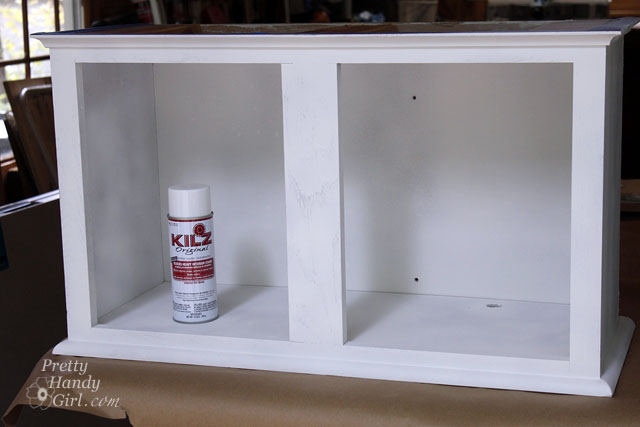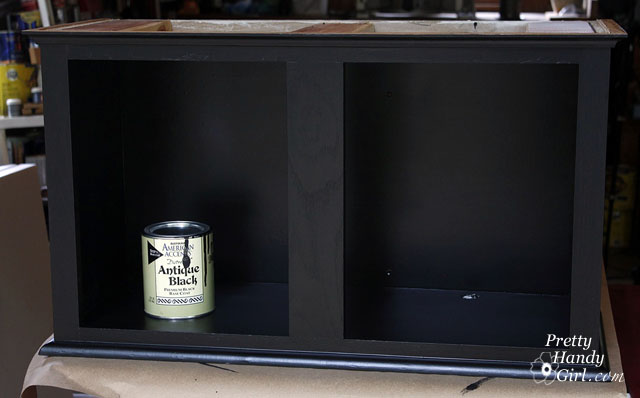Happy Day After Thanksgiving! I don’t know about you, but despite the week I had last week, I am very grateful and thankful for modern medicine and trained surgeons who can take all the broken pieces and put them back together again. Humpty Dumpty never had it so good!
My seven year old is thankful for something completely different. When asked yesterday morning what he was thankful for he said (very seriously), “My bottom.” I tried so hard not to laugh, and was able to utter a quick “Why?”. He replied, “So we won’t explode!” Oh the thoughts of a seven year old boy. ;-D
I hope everyone got their fill of food and family time! And most of all I hope you got a little R&R. You may be looking around wondering where Tool Tutorial Friday is. Well, I’m sorry to tell you that it is on break (no pun intended.) After all the stress from my son’s broken his arm last week, I decided to give myself a much needed reprieve from blogging. No worries though, Tool Tutorial Friday will be back next week as previously scheduled.
I hope you won’t be too mad and disappointed with me. But, seriously, you don’t want to sit here and learn how to use another power tool today! You want to take some time to unwind and enjoy your family, right?!
In the meantime, I do have the Tomboy Tools magnetic hammer winner: Roxanne Lucchesi!
She says, “I have been wanting to tell you how much I love your blog. And now I REALLY love it. It is so great that you are taking the time to post these tutorials. I cannot tell you how much I appreciate them. I recently added a table saw to my collection of tools. Mind you, I have never used a table saw, but have always wanted one. Now you have empowered me to actually get out there and use it. Thank you!”
Thanks so much Roxanne, comments like yours are what make all the efforts I put into my blog worth it!
And a big thank you to my sponsor:
Laura from Tomboy Tools, who graciously offers a hammer a week for the Tool Tutorial Friday series. Laura is a super sweet mompreneur who also wants to empower women to take on their own DIY project. If you get a chance, check out the other tools she sells!
And, for you reading pleasure and gift inspirations I leave you with the Handmade Holiday Decor eBook! This is a fabulous ebook put together by the even more fabulous Myra from My Blessed Life and Mandi from Life Your Way. Just think about it! One ebook with all your favorite bloggers and holiday decor tutorials in one spot! There are a few of my tutorials (pages 12 & 24) inside along with some other fabulous bloggers: Pink and Polka Dot, Creative Kristi, SAS Interiors, The Country Chic Cottage, Ten June, The House of Smiths, The Inspired Room, The Idea Room, Serenity Now, Infarrantly Creative, Mod Podge Rocks and MANY more!
If the preview above is not working for you, click here if you wish to download your own PDF version of the Handmade Holiday Decor eBook.
Happy Holidays, y’all! See you next week!

